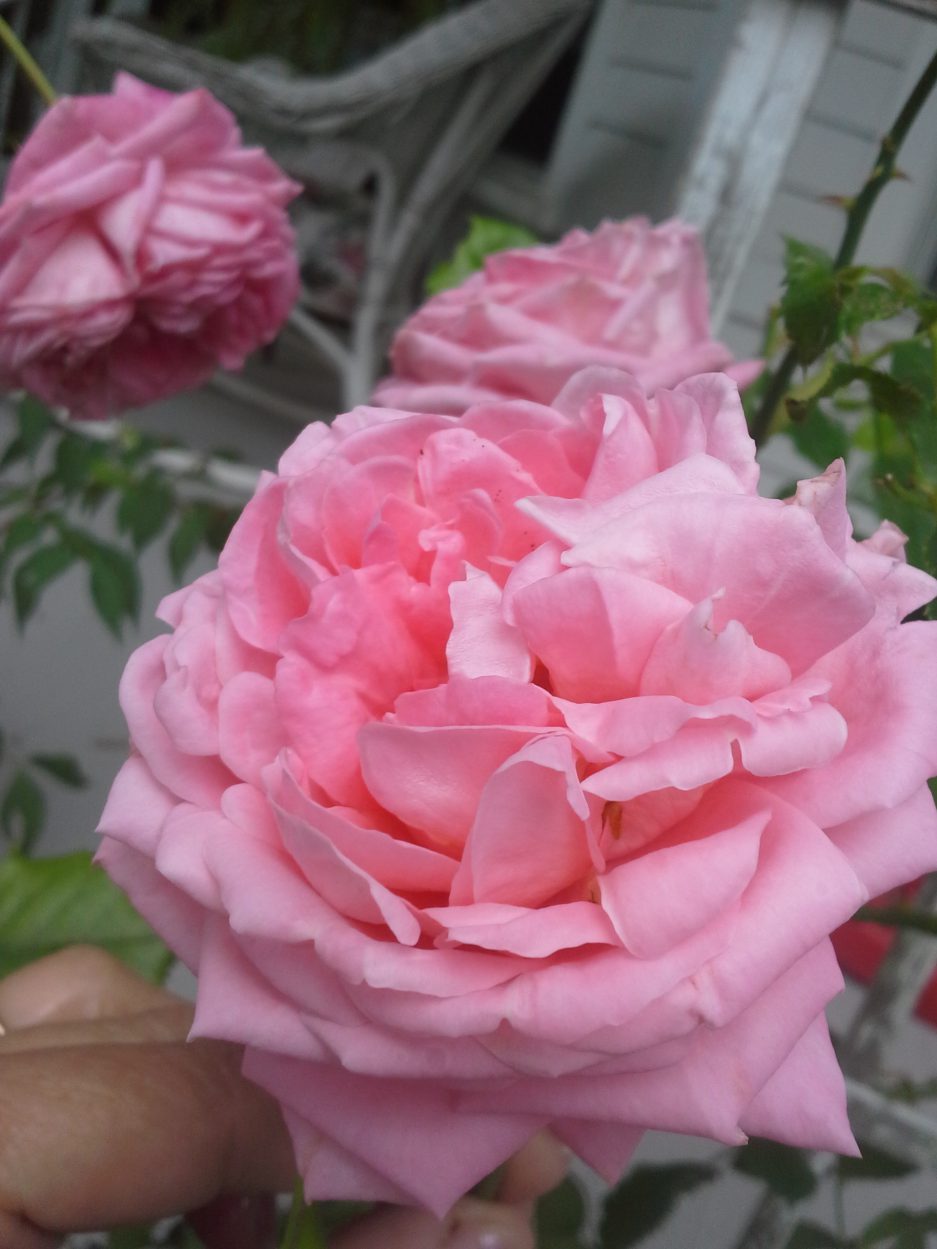
Several years ago, I began taking the steps to make my garden eligible as a Certified Wildlife Habitat. I don’t remember exactly what the requirements were, but the most important were water, shelter and food. My garden already had a small man-made pond surrounded by ferns, bird feeders and bird baths, and sheltered areas under bushes. I have always been a haphazard gardener, and that actually is a bonus for a wildlife habitat, because small birds and animals must have sheltered areas to hide from predators. Through the years, I have added to the gardens, and now attract a multitude of little creatures — birds, squirrels, chipmunks, bees, butterflies, the occasional woodchuck, rabbits, deer and even a frog or two — all who seem to coexist in my small space. As I have gotten older, weeding has become more difficult for me, and while I bemoan the fact that the weeds come faster than I can pull them, they, too, serve a purpose for providing shelter as little animals and birds skitter beneath them to reach their water and food.
Recently I attended a Garden Tour in Saratoga Springs, a nearby town, known for its historic beauty and wealthy residents. The gardens were breathtakingly beautiful. Some were pristine, with perfectly edged beds of colorful flowers; some were a combination of natural and man-made beauty as flowers in pots surrounded lovely decks and pools. Some were cozy and filled with perfect flowers and lovely lawn furniture that made you want to linger. They all had one thing in common — NO WEEDS!!
I came home to my own beloved garden and looked at it through new eyes. Where the garden beds I had just seen were mulched and tidy, my beds, which had started out well planned eons ago, are now filled with plants that have sprouted in odd places — the “volunteers” of the gardens. The tidiness with which I originally planted is long past, and the plants and flowers have spread of their own accord. My long-time nemesis, goatweed, proliferates even more quickly than I can pull it from the ground. My beautiful maple trees have grown tall and shade much of the garden, making it difficult to grow colorful, sun-loving flowers. This garden is the antithesis of a Saratoga garden. My heart fell as I looked at it all with critical eyes.

And yet, as the days have passed, and I watch the little sparrows each morning flitting from branch to branch on my old Rose of Sharon bushes as they make the journey from their birdhouses and nests to the birdbath and the feeder — their songs and chatter fill my heart. I marvel at the tiny white butterflies which love the blooms on the oregano plants which have overtaken part of my stonewall garden and beyond. I watch the bees industriously gathering nectar from the milkweed plants which surround my butterfly garden this year. I love the little chipmunks who hide beneath the weeds under the finch feeder and eat up the seed that has dropped. I love watching the sparrow mommy who comes to the old fountain outside my kitchen window, tentatively sipping as she keeps one eye on the window, then heads back to her nest in the eaves. And I realize that I really don’t care that my garden is haphazard. It is loved. It is loved by all of the wildlife that finds nesting places and food here, and all of the birds that frolic in the birdbaths, and all of the bees and butterflies which find heaven in each blossom, and most of all, it is loved by me!!


I agree with you that the most important things are that it is YOUR garden, the critters’ home and that you enjoy it!
LikeLike